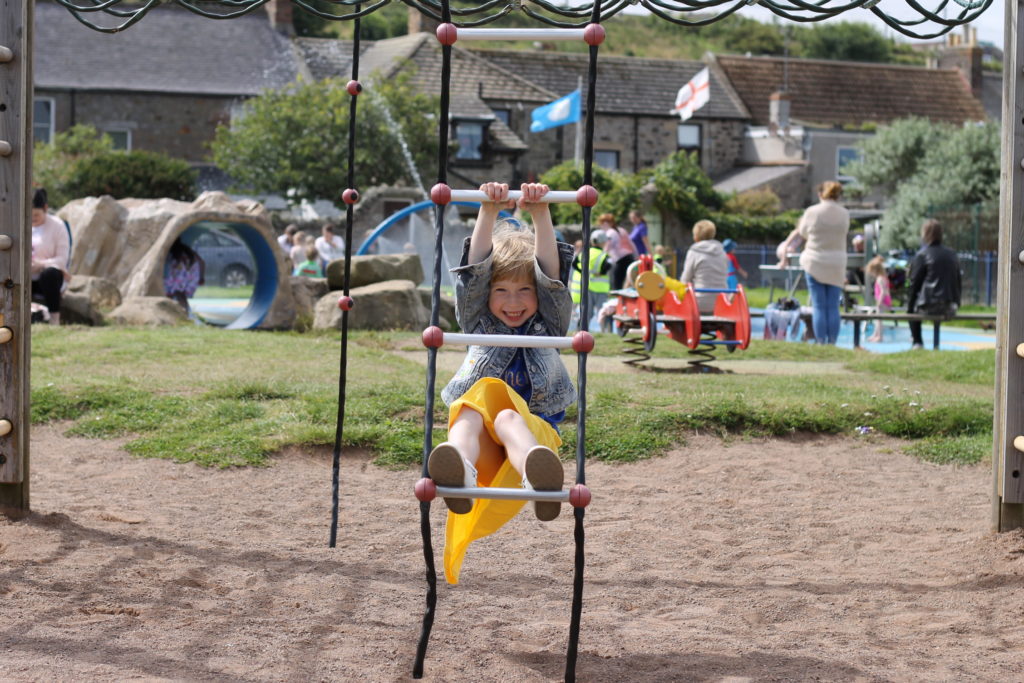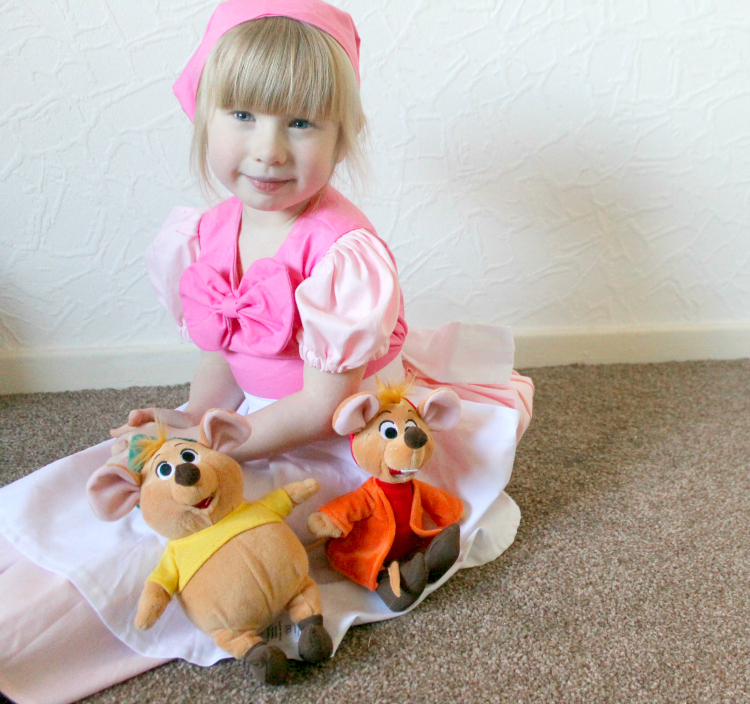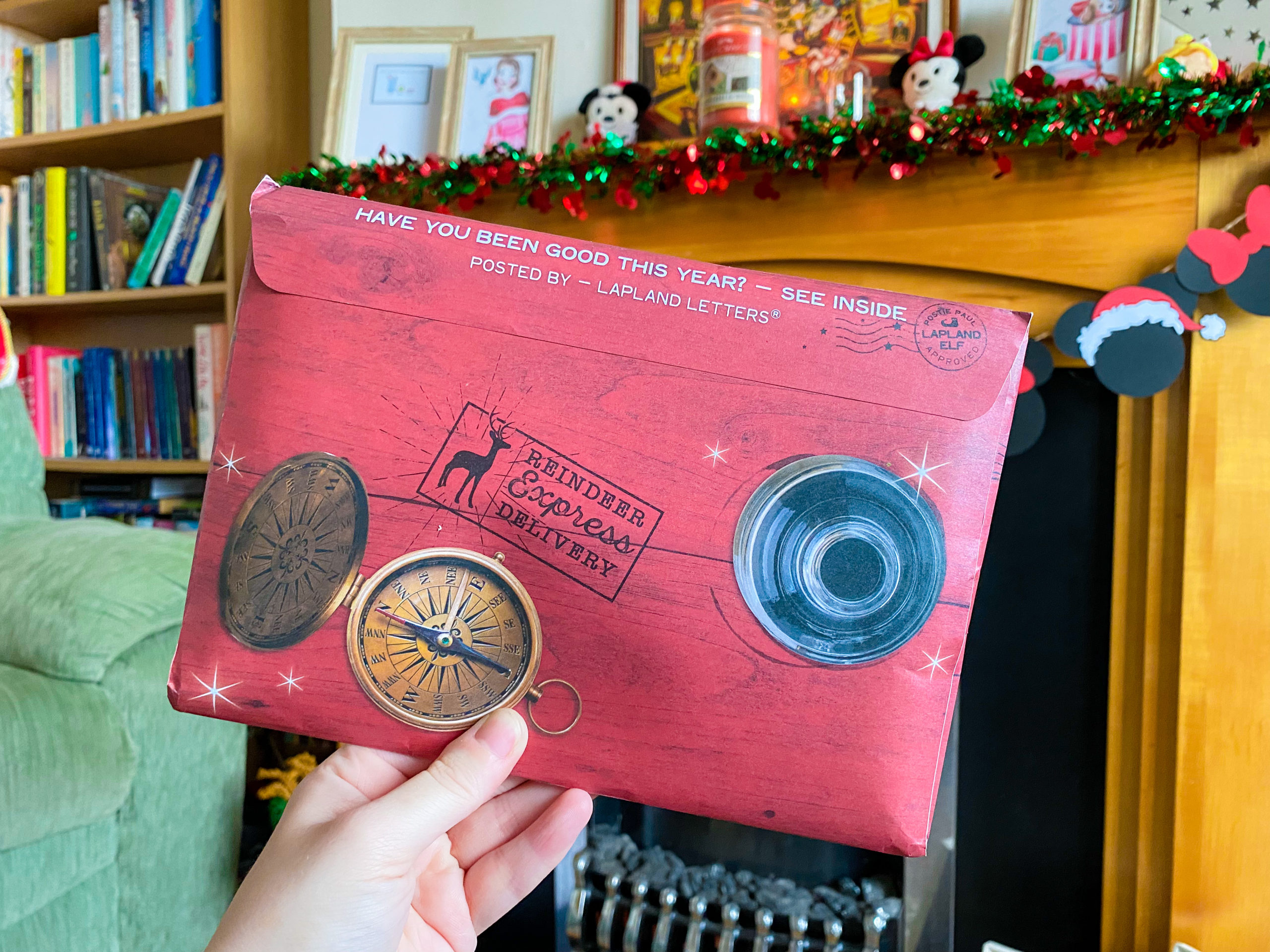
The Significance of Colour in Early Years Development *
As well as numbers and the alphabet, learning colours should be a big part of early years development. At first, baby is born with monochrome vision and is unable to distinguish the difference between colours, it is not until around 8 months when their colour vision is fully developed. By 3-4 years, a child can begin to recognise and name basic colours as frequent exposure can help strengthen this skill.
Aside from grabbing a child’s attention, colour can help improve skills and well-being. Infinite Playgrounds, educational play area designers, have provided us with more of an insight.

The Development of Colour
As scientific research has proven, a baby is not born with coloured vision. Therefore, their attraction to colour starts to come with time. At 8 months, they begin to notice bright colours and this stimulates their minds. Exposing a baby to different shades of the same colour can help them make important colour connections early on in life rather than surrounding them with the same primary colours. Experts have said that showing patterns to a baby is important as it provides visual and cognitive stimulation for a growing baby as they focus on what they can see.
When a child understands colour, and can identify the difference, it allows them to recognise significant visual hues such as red as a code for danger and even the meaning behind traffic lights. It is useful outside of the curriculum too — knowing the difference between a red and a blue coloured tap.
When they get to the age of reading and writing, the skills and linguistics that they learnt surrounding colour will come in useful. For example, when tasked with creative writing, describing an object without saying its colour can be difficult! Similarly, when they are exercising their imagination when creating a story, colour is an important part of descriptive techniques.
Colour also influences mood, wellbeing and productivity some studies have shown. Some experts claim that different colours enhance learning in different ways:
- Blue — a colour that encourages creativity, if overused however, it can bring the mood down in a room. A cool blue enhances relaxation levels in individuals.
- Yellow — a colour of happiness for children as it is associated with sunshine. This can lift the mood and excite a child due to its vibrant appearance.
- Orange — this is said to enhance critical thinking and memory.
If a classroom is more colourful, the mood of the teacher is improved too. It gives them various colours to refer to when teaching and creating an overall pleasurable place to work. Research has shown that colours are more memorable than monochrome too — a bright and colourful classroom makes new learned experiences stick in the mind.
Mixing colour with the curriculum
With all of this research showing that colour should be learnt from an early age, you may be wondering how it can be introduced into schooling. From decorating your classroom to introducing games based on colour, there are plenty of ways that you can incorporate colours into the classroom.
Many children love learning in the outdoors, it gives them a break from the classroom and allows them to be exposed to things that they wouldn’t usually. Why not see if you can get colourful canopies and parasols installed into your school. These can sit over areas of a playground, allowing the sun to shine through and create many colourful patterns for the children to enjoy. Pupils can trace shadows of the patterns on the floor with chalk and learn how they move throughout the day with the sun.
When learning about countries around the world, discuss the importance of colour and how it has different meanings in various countries. Talk about how colours have different meanings in various countries, for example red signifies good luck in China and green is a colour of independence for Mexicans. Encourage children to use colour to create their own national flags and teach them more about the country.
With pre-school children, enhance their sensory development with lots of colour using toys, books and playmats. Research has highlighted the importance of messy play too — where children can take part in unstructured play and get their hands dirty! Let them play with brightly coloured foodstuff such as jelly and develop their fine motor skills too.
Play colour-oriented games with young children to enhance their learning of the subject. How about colour eye-spy, colour matching memory games or presenting coloured flashcards and encouraging pupils to name them.



